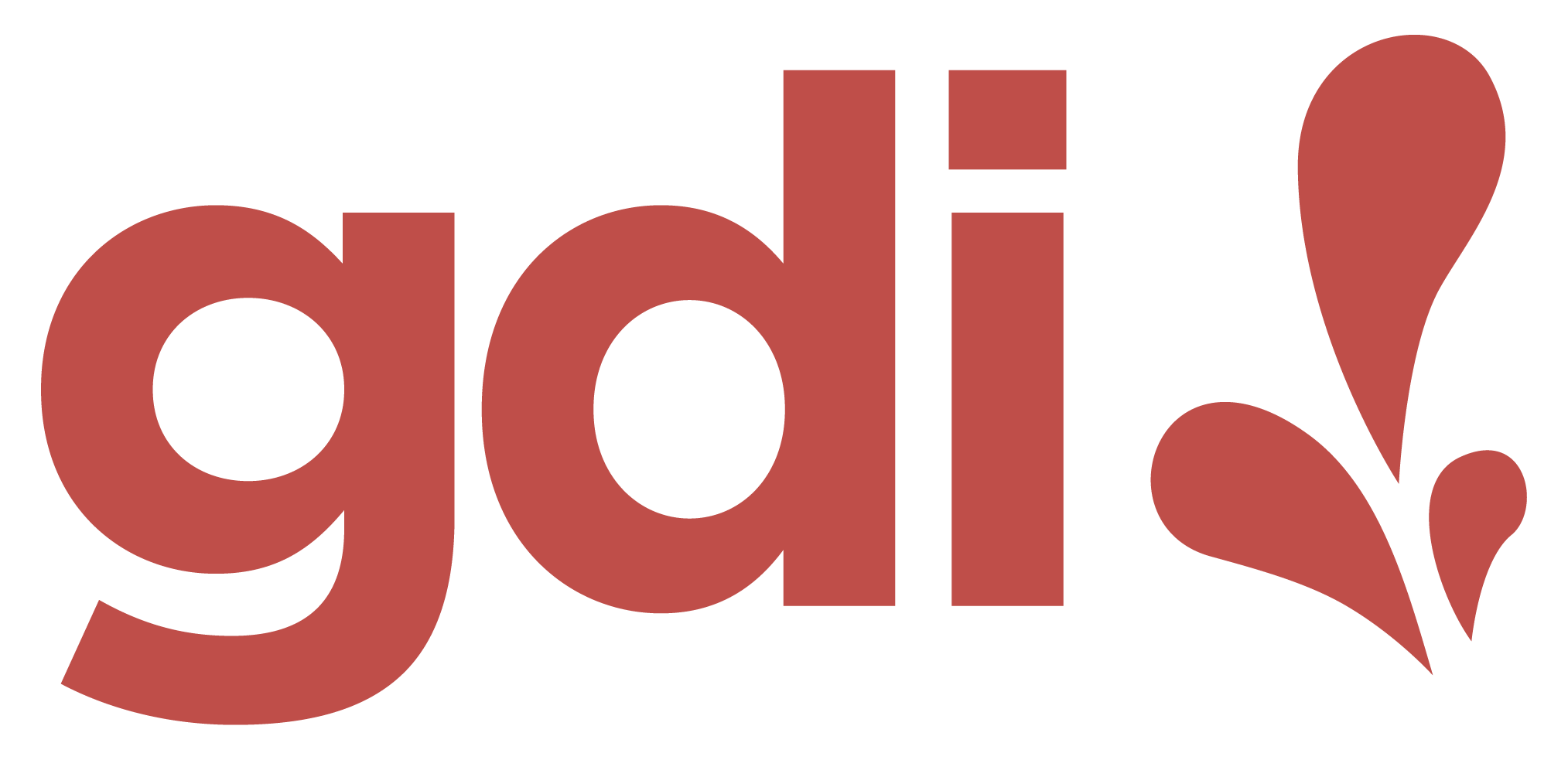Web Design Essentials 1
Class 1
AGENDA
- Introduction - Websites, Web Design
- Setting up our coding environment (Part 1)
- HTML, HTML Elements & Tags
- Headings, Paragraphs, Lists, Images, Links
- Class Feedback and Q&A
Stretch - "Bio" Break
8:00p EST / 7:00p CST / 5:00p PST
Introduction
What is a website?
What is web design?
Anatomy of a Website
+ HTML (Structure + Semantics)
+ CSS (Presentation + Design)
+ JavaScript (Interactivity)
= Website
Terms to Know
- Websites: Static pages that usually provide one-way information
- Web Applications: Websites with additional functionality and interactive/dynamic elements
Terms to Know
- Web Design: The process of planning, structuring and creating a website
- Web Development: The process of building dynamic web applications
Terms to Know
- Client-side or Frontend: Aspects of a website, web application or interface that a user sees or engages with
- Server-side or Backend: Where data and source code is stored; where the "client-side" sends a request to and receives a response from
Our Tools
Tools
Web Browsers such as:
- Chrome
- FireFox
- Safari
Tools
Code & Text Editors such as:
- Visual Studio Code
- Atom
- Sublime Text
Tools
Online Code Editors such as:
- REPL.it
- Codepen.io
- Codesandbox.io
Additional Tools
Browser Developer Tools
Version Control: Github, BitBucket
Command Line (aka Terminal)
JavaScript and CSS Frameworks/Libraries
Our Code Environment
REPL.it
- Create a free account on REPL.it (Recommended)
- Or an online editor of your choice
HTML, HTML Elements & Tags
What is HTML?
HTML stands for HyperText Markup Language.
What is HTML?
HTML is the language that allows us to build websites.

What is HTML?
HTML is composed of HTML elements and tags that provide the blueprint for a webpage.
What is HTML?

What is HTML?
"Under the hood" of a website:

Anatomy of a Website
- A paragraph is your
content. - Putting your content into an HTML tag to make it look like a paragraph is
structure.
<p>A paragraph is your content</p>
Anatomy of an HTML Element
- Element
- An individual component of HTML
- Paragraph, heading, table, list, section, footer, link, image, etc
- List of HTML Elements (MDN)
- Tag
- Marks the beginning & end of an element
- Opens and closes (Usually...)
- Tags contain characters that indicate a tag/element's purpose
<tagname>Content</tagname><p>This is a sample paragraph.</p>Tag Breakdown

Doctype
The first element on an HTML page is the doctype, which tells the browser what language to use to read and display the page.
<!DOCTYPE html> HTML Tag
After <doctype>, the rest of the page elements must be contained between a pair of root <html> tags.
<!DOCTYPE html>
<html>
</html>
HTML Tag
The <html> tag holds two children tags:
the <head> and <body> tags
<!DOCTYPE html>
<html>
<head>
...
</head>
<body>
...
</body>
</html>
Head Tag
- The
headtag contains information about the page and this information is primarily for the browser.
<!DOCTYPE html>
<html>
<head>
<meta charset="utf-8"/>
<meta name="viewport" content="width=device-width, initial-scale=1"/>
<title>Title of the page </title>
</head>
...
...
</html>
Head Tag
- With the exception of the page title, content in the
headtag is not visible on a rendered page to users. - An HTML page can only contain one
headtag.
<!DOCTYPE html>
<html>
<head>
<meta charset="utf-8"/>
<meta name="viewport" content="width=device-width, initial-scale=1"/>
<title>Title of the page </title>
</head>
...
...
</html>
Meta Tags
The meta tag is used to define metadata for an HTML document and can also give additional instruction to the browser about how to display a page.
<!DOCTYPE html>
<html>
<head>
<meta charset="utf-8"/>
<meta name="viewport" content="width=device-width, initial-scale=1"/>
<title>Title of the page </title>
</head>
</html>
Title and Link Tags
Two other tags found in the head tag are:
link: Links a page to internal or external resources such as stylesheets, fonts and moretitle: Defines the title of a page, which is then displayed on the browser title bar
<!DOCTYPE html>
<html>
<head>
<meta charset="utf-8"/>
<meta name="viewport" content="width=device-width, initial-scale=1"/>
<link href="style.css" rel="stylesheet" type="text/css" />
<title>Title of the page </title>
</head>
</html>
Body Tag
- The
bodytag holds all of a page's content. Information here is what will be visible to users - An HTML page can only contain one
bodytag
<!DOCTYPE html>
<html>
<head>
...
</head>
<body>
<p>This is body content which can
be text, images, links, video, etc.</p>
</body>
</html>
Goodbye Slides!
Class Feedback
Q&A
